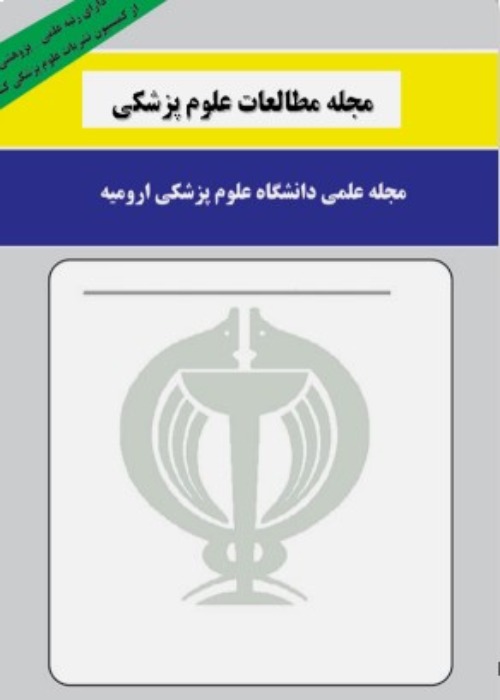Delayed graft function and its associated risk factors in Imam Khamenei kidney transplantation Unit
Delayed graft function (DGF) is an important challenge in the field of kidney transplantation. Occurrence of DGF is associated with low 1st-and 5thyear graft survival rate. Reducing the incidence of DGF minimizes financial burden on the health care system and improves the quality of life for organ recipients. Although over 2000 transplantations have been performed in Imam Khamenei Kidney Transplantation Unit (IKU), no information is available on the incidence of DGF and its associated risk factors. Thus, this study was conducted to evaluate the incidence of DGF and its associated risk factors in IKU.
In this prospective study, kidney recipients (KRs; n=39) were enrolled. Demographic information including body mass index (BMI), age, gender, type of donor (living donor or brain death donor), warm and cold ischemia times and urine output (UO) were extracted from IKU database. Serum creatinine and (sCr) blood urea nitrogen (BUN) were measured using Jaffe and urease methods, respectively. Recipients were divided into two groups according to operative outcomes including DGF and none-DGF. DGF was defined as the requirement for dialysis within first week after transplantation. Mann-Whitney U and independent T-test were used for evaluation of any difference between two studied groups. Fisher's exact test was employed for the analysis of categorical variables. Evaluation of the diagnostic and predictive values was performed using receiver operating characteristic (ROC) analysis.
The mean age of the KRs was 41.6±13.2 years (Range: 14-69). Distribution of male and female were 21 (53.8%) and 18 (46.1%). Overall, the incidence of DGF was 12.8% (5 out of 39). Age, gender of donor and recipients, side of transplanted kidney, history of blood pressure, BMI, warm and cold ischemia, sCr and BUN and UO were not different between the two studied groups. In the DGF group, UO at 24 hrs after operation was found to be lower than that of the none-DGF group (P=0.021). Area under curve (AUC), cut-off point, sensitivity, specificity, negative and positive predictive value for UO were 0.82, 9650 ml, 73.5%, 73.5% and 80%, respectively.
This study reveals that the incidence of DGF in kidney recipients from living donors was 8.6% whilst that for combined living donors and brain death donors was 12.8% which are were in good agreement with those reported elsewhere. In addition, we report that UO at 24 hrs after transplantation was a predictor of DGF. Further studies with larger sample size are deemed necessary to obtain a better picture of the incidence of DGF and its associated risk factors in IKU
- حق عضویت دریافتی صرف حمایت از نشریات عضو و نگهداری، تکمیل و توسعه مگیران میشود.
- پرداخت حق اشتراک و دانلود مقالات اجازه بازنشر آن در سایر رسانههای چاپی و دیجیتال را به کاربر نمیدهد.


